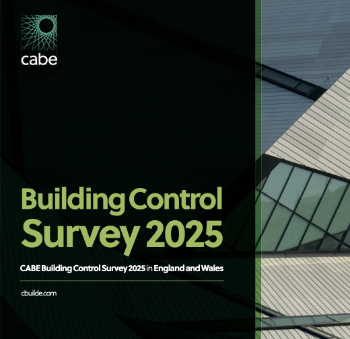Baseline designs for schools
The baseline design for schools guidance was developed by The Education Funding Agency (EFA) in response to a recommendation in the Review of Education Capital, in April 2011 which identified the requirement for a set of standardised drawings and specifications that could be used across a variety of educational institutes. The EFA is an executive agency, sponsored by the Department for Education (DFE).
The guidance documents are aimed at contractors, local authorities, school promoters and school building teams, along with other interested parties including governing bodies and leaders of schools. They are suitable for both primary and secondary schools.
They provide assistance with good practice design for the Priority School Building Programme (PSBP) and are detailed enough to enable environmental modelling and to establish building costs. The PSBP was established in 2011 to address the needs of those schools in the worst condition that required urgent repair. The programme is centrally managed and procured by the Education Funding Agency.
To deliver 'the maximum benefit for schools', the cost per square metre in the guidance has been reduced to £1113/m2 (excluding external works, fees and certain circumstances). The area has also been reduced, according to the guidance, 'without compromising the educational facility'. In secondary schools, teaching spaces and non-teaching areas are within the same minimum limits as before, but in primary schools the ICT room has been omitted, due to the widespread use of portable ICT equipment in classrooms.
There are a suite of designs available together with associated drawings and technical analyses:
- Baseline design: 105 place primary school with a 26 place nursery.
- Baseline design: 180 place primary school with a 26 place nursery.
- Baseline design: 210 place primary school with a 26 place nursery.
- Baseline design: 240 place primary school with a 26 place nursery.
- Baseline design: 600 place secondary school.
- Baseline design: 630 place primary school.
- Baseline design: 1,120 place primary school.
- Baseline design: 1,200 place secondary (practical specialism).
- Baseline design: 1,200 place secondary (academic specialism).
- Baseline design: finger-block 1,200 place secondary school.
- Baseline design: 1,200 place secondary (music and sports).
- Baseline design: superblock 1,200 place secondary school.
- Baseline design: 1,850 place secondary school.
[edit] Related articles on Designing Buildings Wiki.
- Building Bulletin 93: acoustic design of schools.
- Building Schools for the Future.
- Free schools.
- Priority School Building Programme.
- RIBA client adviser.
- Special educational needs: an analysis of the necessities for inclusion
[edit] External references
Featured articles and news
Difficult Sites: Architecture Against the Odds
Free exhibition at the RIBA Architecture Gallery until 31 May.
Designing Buildings reaches 20,000 articles
We take a look back at some of the stranger contributions.
Lessons learned from other industries.
The Buildings of the Malting Industry. Book review.
Conserving places with climate resilience in mind.
Combating burnout.
The 5 elements of seiri, seiton, seiso, seiketsu and shitsuke.
Shading for housing, a design guide
A look back at embedding a new culture of shading.
The Architectural Technology Awards
The AT Awards 2025 are open for entries!
ECA Blueprint for Electrification
The 'mosaic of interconnected challenges' and how to deliver the UK’s Transition to Clean Power.
Grenfell Tower Principal Contractor Award notice
Tower repair and maintenance contractor announced as demolition contractor.
Passivhaus social homes benefit from heat pump service
Sixteen new homes designed and built to achieve Passivhaus constructed in Dumfries & Galloway.
CABE Publishes Results of 2025 Building Control Survey
Concern over lack of understanding of how roles have changed since the introduction of the BSA 2022.
British Architectural Sculpture 1851-1951
A rich heritage of decorative and figurative sculpture. Book review.
A programme to tackle the lack of diversity.





















